We often fall victim to the fallacy that there is only one way of doing something, that all methods of movement have been discovered and summarily implemented.
Transversal movement: thinking outside the box
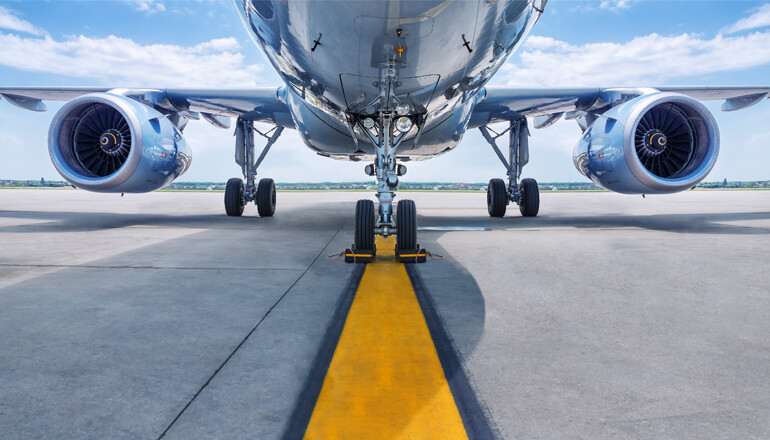

We often fall victim to the fallacy that there is only one way of doing something, that all methods of movement have been discovered and summarily implemented.
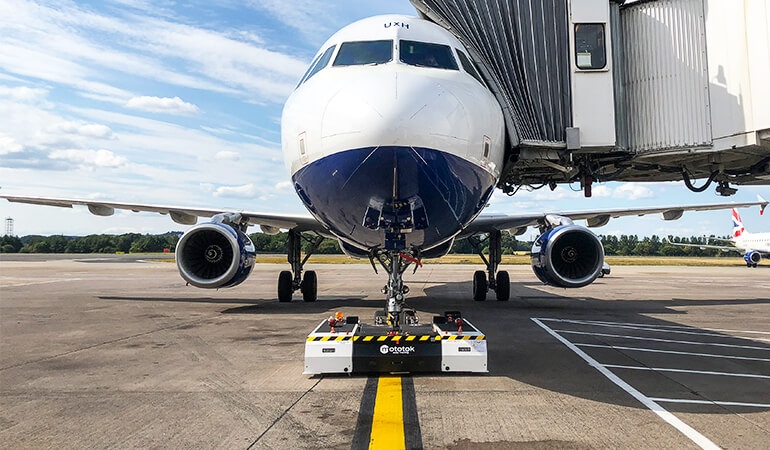
Aircraft ground support equipment is designed to last for years. Many years of hard use, years of unrelenting physical conditions, years of abuse at the hands of inexperienced operators.
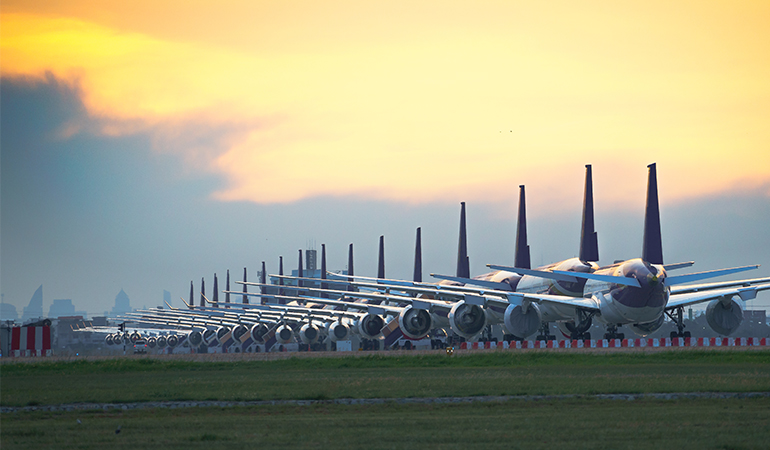
The early part of 2020 left us all with images that we could never have imagined beforehand and hopefully will never be experienced again. Perhaps the most iconic imagery of the year were endless rows of grounded airliners, sitting static and mothballed as there were no travelers to speak of the world over.
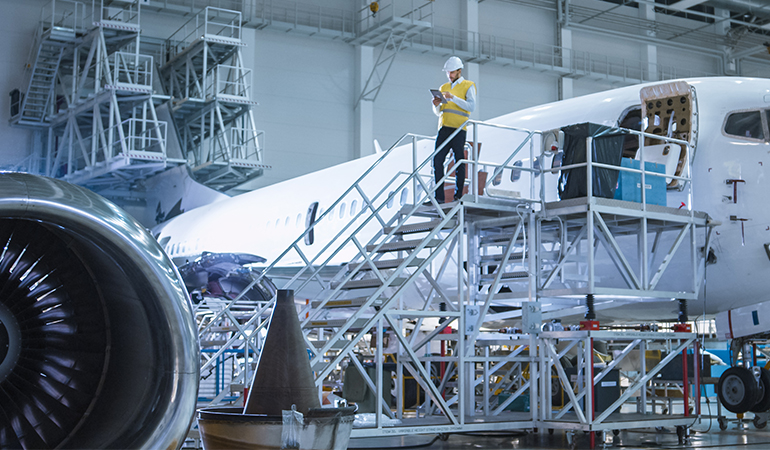
The past year has taught us a lot of lessons about patience, flexibility, adaptability, and perseverance, whether we wanted to learn them or not. But this was all done under the hope that the downturn in aviation would be a temporary one.
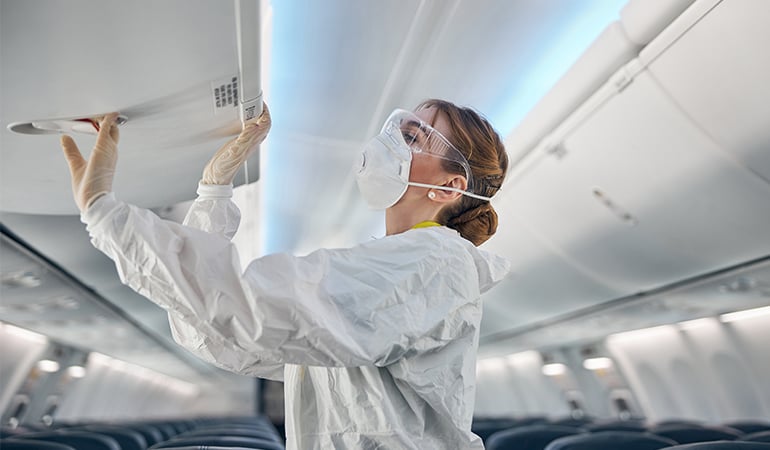
The world is now a year into the grips of the COVID-19 pandemic, which has deeply impacted all facets of life. Perhaps no other industry has been harder hit overall than the aviation industry, particularly the airline industry. Airlines fell very hard last spring and have had some difficulty recovering since.
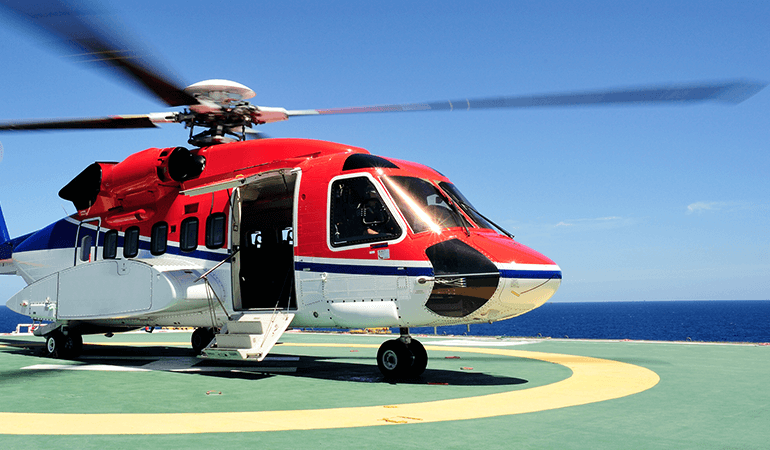
The single feature that makes wheeled helicopters favorable to a fixed-wing under all circumstances is vertical takeoff and landing. If an operator does not need this capability, there is no advantage in a helicopter over a fixed-wing of comparable size and scope.

What does a more sustainable aviation look like? Electrical machines and devices might be our future – both in the air and on the ground.

COVID-19 isn’t going anywhere anytime soon. Still aviation has many different possibilities to recover from this pandemic. Here are some of them.
.png)
The passenger air travel industry has changed significantly in the last couple of months. This might be the greatest understatement in history; global air travel is down about 65% in the 2nd quarter, and capacity will be down about 40% in the 3rd quarter, and up to 10% in the 4th quarter.

By now, we are all painfully aware of the COVID-19, commonly known as “Coronavirus”, which has been deemed a global pandemic by the World Health Organization in March. Since then, the aviation market as a whole has, well, completely tanked to be perfectly honest. It was flying at a critical angle of attack, and now is in an unbroken stall, maybe even a spin. This is a critical and honest appraisal of the MRO industry, as well as associated support markets (namely GSE), and where they are headed by the numbers.
We will get back to you within one business day. (Probably quicker, we’re German.)